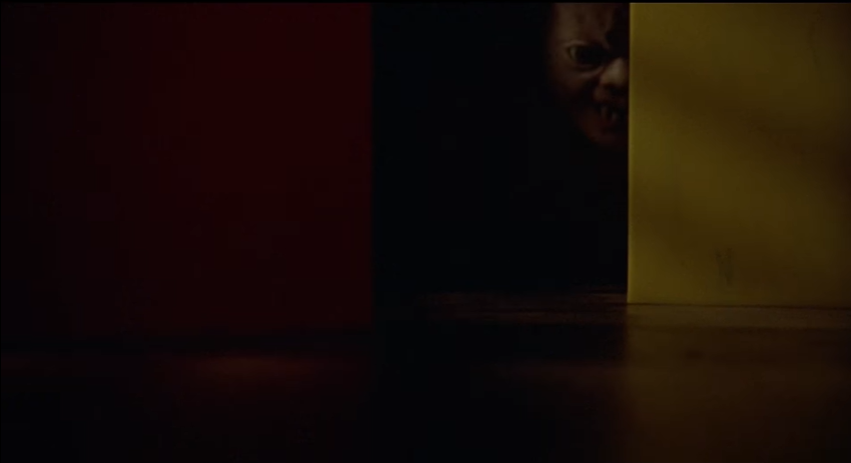
The late Larry Cohen may be the perfect B-movie director: someone who has no problem utilizing the absurdity found in the more disreputable genre films, with wacky premises and bizarre special effects and actors putting in heightened performances, in order to make something both memorable and meaningful. His films look dumb on the surface, but are full of inspired creative choices, comedic touches, and a devotion to pursuing ideas no matter how weird they get, producing movies that I don’t think anyone else could. This is the freedom one is allowed in those disreputable genre films, if you know how to work within certain limits.
While working in many genres, Cohen’s monster movies stand out for their particularly dogged combination of schlock and big ideas—Q and The Stuff are some of the most unique entries in the entire genre, hilarious and anchored by actors going all out to portray the kinds of characters you never really see in these types of movies. The heights of Cohen’s career are very much apparent in It’s Alive, his first foray into the realm of creature features, beginning with its simple, silly, and imaginatively fertile high concept: what if you had a baby, and your baby was a monster? The idea of a killer baby would probably be enough for people who just want to see some violence, and enough for it to be dismissed out of hand by people with good taste, but what’s amazing about this movie is how much it actually focuses on the social and emotional fallout of the situation, and especially the effects it has on the parents of the terrible infant. There’s an appreciable human centre to this off-the-wall pitch, and that’s the Larry Cohen difference.
Continue reading Creature Classic Companion: It’s Alive (1974)




